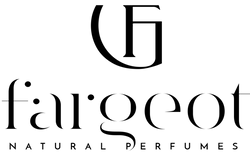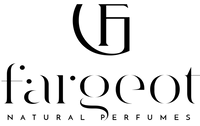What you need to know about sulfates

Credit photo: Vladimir Yelizarov on Unplash
This is the third of our series about the different nasties you can find in mainstream cosmetics and we are now looking at sulfates (or sulphates).
What are sulfates?
The name “sulfates” is actually a broader term that encapsulates two acronyms you may be familiar with as well: SLS (sodium lauryl sulfate) and SLES (sodium laureth sulfate).
As the term “sodium” implies, sulfates are salts whose main use in cosmetics is to create lather and foam, which is why they are particularly present in soaps and shampoos. It attracts both oil and water and therefore helps wash dirt and grime from our bodies.
Why do sulfates have a reputation as nasties?
Sulfates garnered a bad reputation for a few different reasons.
Firstly, there is an environmental concern around the way sulfates are manufactured. Sulfates are indeed often derived from petroleum (aka crude oil), which sourcing is linked to climate change, pollution and greenhouse gases.
Alternatively, sulfates can be derived from palm oil. While such sulfates are derived from a plant, palm oil is surrounded by controversy due to deforestation of tropical rainforests in favour of palm tree plantations.
Secondly, on a health level, both SLS and SLES have been associated with eyes, skin, mouth and lung irritation and have also been linked to acne. Unfortunately, many products causing irritation are also still using animal testing to assess whether they are “safe” to be used on humans.
Finally, as products with sulfates are being used in our showers as well as our household cleaning product, they end up going down our drains, eventually impacting marine life.
In the 1990’s, sulfates have been suspected to cause cancer but this has been disproven since.
SLS vs SLES. What is the best of two evils?
SLS is usually seen as the better cleaner though it is more aggressive and therefore more irritating. It is also the culprit in clogging pores and provoking acne breakouts. SLES is a milder version though it doesn’t clean as well.
But beware, SLS and SLES can be used as a combination in a single product, hence the importance of reading labels.
It is also important to remember that the concentration of sulfates in product can widely vary from 1% to 20% or higher!
What is the alternative to sulfates?
Most of us assume that foaming means cleaning but that is not necessarily true. Some products that don’t foam as much still efficiently clean. This is important to keep in mind when looking at sulfate-free alternatives.
Besides reading labels to ensure you are looking at a sulfate-free product, choosing solid soaps and shampoos is usually a step in the right direction. SLS and SLES are more likely to be present in liquid products. Solid products are likely to be oiled-based (still beware that they are free of palm oil!) and free of sulfates. For example, coconut oil is often a key ingredient in natural soaps as it has antibacterial properties to help clean the skin and will also create a fair amount of lather.
Stay tuned, Fargeot Natural Perfumes is about to release a range of natural soaps! Sulfate-free of course!

